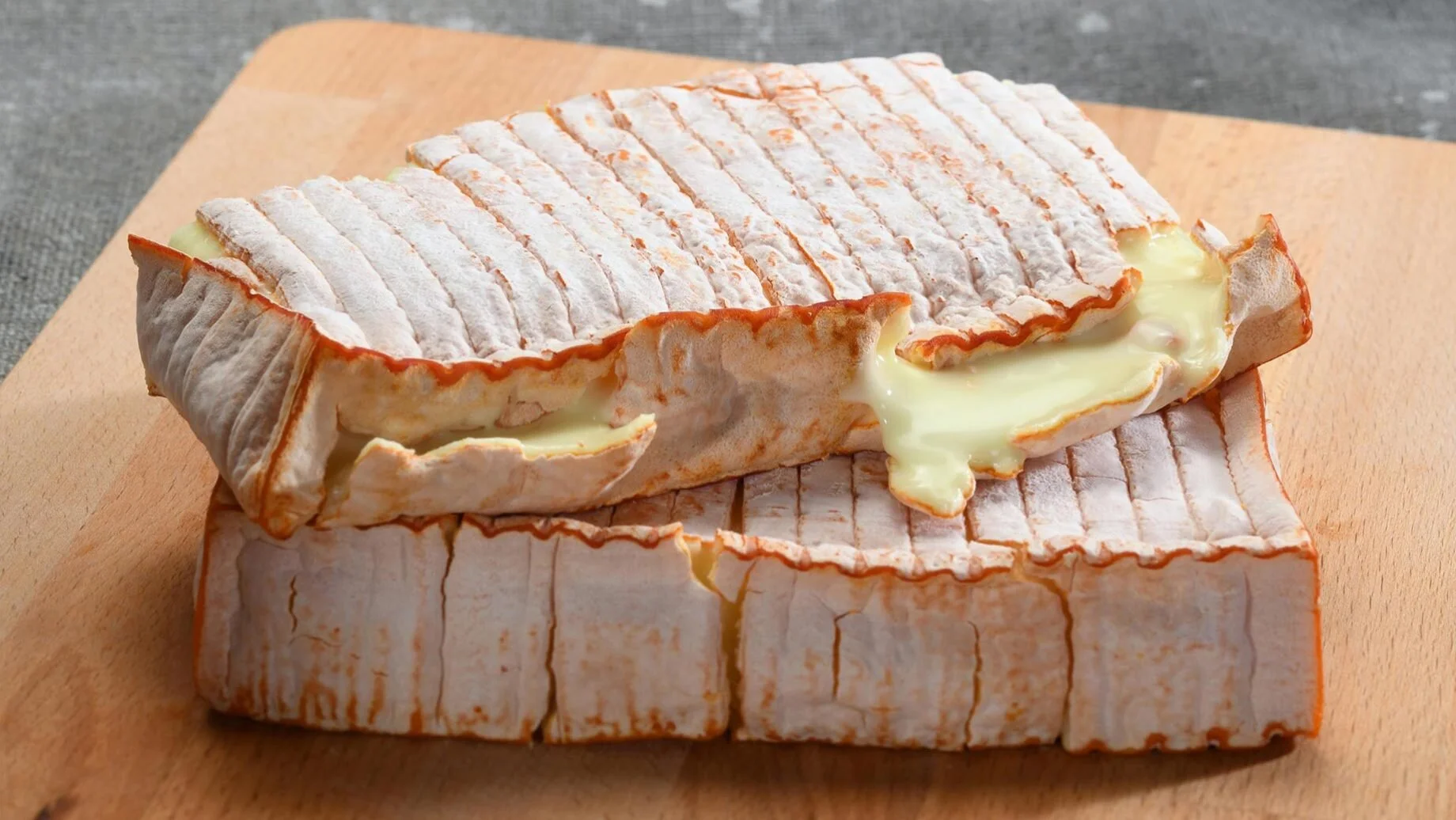Photo: cheesemonthclub.com
World Cheese Encyclopaedia - Each Sunday learn all about a cheese in season.
This week Manchego from Spain
Photo: Creative Commons/GFDL
Country: Spain 🇪🇸
Region: La Mancha
Made from: Sheep’s milk
Pasteurised: No
Texture: Firm, compact, supple
Taste: Nutty, fruity, sweet, tangy
Certification: DO (Spain), PDO (EU)
Aging: 60 days up to 2 years
Manchego derives its name from the central region of La Mancha, which was also the home of the legendary Don Quixote. A piquant and nutty ewe’s milk cheese with a rich history as unique as is its pleasing taste. Most cheese lovers are pleasantly surprised at their first taste of this hard cheese. It has an intense, zesty taste and a crumbly texture that's rich, full and slightly salty at the finish. Even its aroma has been described as special, suggesting roast lamb to some. The traditional use of grass moulds leaves a distinctive, characteristic zigzag pattern on the Manchego cheese.
True Manchego is produced only from the milk of the Manchega sheep. (Other Spanish cheeses made with ewe’s milk are commonly referred to as Manchego-style.) The Manchega sheep graze mostly on dry pasture, fallow land and stubbly brush fields on a high plateau outside of the cities of Toledo, Albacete, and Cuenca in a region southeast of Madrid. The somewhat harsh grazing conditions in the region might be expected to yield low-fat milk, in fact, the opposite is true. Manchego has a fat content of up to 57 percent, which explains its rich, intoxicating taste that is savored throughout the world. The base milk used for the cheese must have at least 6 percent fat. The cheese is subjected to a rigorous and detailed production process while subjected to levels of 75 to 85 percent humidity. Typically Manchego is produced in a cylindrical shape with each cheese weighing between four and eight pounds. Manchego cheese is made from both pasteurised and unpasteurised milk. The farmhouse version is produced from unpasteurised milk while the industrial version is produced from pasteurised milk.
Photo: cheesemonthclub.com
Manchego has a distinctive flavor and an equally distinctive look. The moulds in which the cheese is pressed are barrel-shaped. Traditionally, manchego cheese was made by pressing the curd in plaited esparto grass baskets, which left a distinctive zig-zag pattern (known as pleita) on the rind. Today this is created by the press used to make it. A typical ear wheat pattern is pressed onto the top and bottom wheels of the cheese.
Manchego is marketed at various stages of maturity from "cured" at 13 weeks to "aged" at more than three months. The aging period must be a minimum of 60 days. There are specific differences in Manchego cheeses, depending on their aging period.
Fresco – the fresh cheese is aged for only 2 weeks, with a rich but mild flavour; technically not a true queso manchego due to its lack of ageing. Produced in small quantities, it is rarely found outside Spain.
Semi Curado - Young Manchego cheese is aged around 3 months and is supple and moist. The flavour is fruity, grass, hay with a tangy note.
Curado - Manchego cheese aged for 6 months acquires a caramel and nutty flavour. It has a distinct acidity.
Viejo - Manchego cheese aged for a year becomes crumbly in texture while the interior of the cheese acquires a butterscotch colour. It has a sweet, lingering taste.
During the maturation process, manchego cheese develops a natural rind. The regulations permit this to be washed, coated in paraffin, dipped in olive oil, or treated with certain approved transparent substances, but require that it must not be removed if the cheese is to be marketed as PDO.
Photo: Flickr/Artisone
Cheeses that meet the DO requirements carry a casein tab that is applied when the cheese is in the mould and bear a distinctive label that is issued by the Manchego Cheese Denomination of Origin Regulating Council; this carries the legend queso manchego, a serial number, and artwork depicting Don Quixote de La Mancha.
This celebrated cheese has won both gold and silver awards at the 2014 World Cheese Awards
History
Photo: wine llama.com
Spain's most famous cheese has a rich history that can be traced back to ancient times. The La Mancha plains in southern and central Spain were a focus of dispute for centuries between Northern Christians and Southern Muslims who fought for control of its pastures. Historians of early Rome chronicled the area for its livestock farming. The Muslims that inhabited the land from the 8th through the 11th centuries dubbed it "Manya," which means "land without water." Eventually, that would translate into "Mancha," the name that is used today. In the 12th century King Alfonso VI conquered and united the region forcing the Muslim inhabitants to retreat to the Andalucia region of modern day Spain. By the end of the century, the resulting lack of political stability led the area's stock farmers to organize cooperatives, which in turn helped bring stronger identity and political and economic power to the region's agricultural inhabitants. By the 1600s, farming had advanced, but more efficient use of pastureland led to the decline of stock-farming and the rise of land farming. By the mid-1800s, wool production (once a staple of the region) was in decline and the production of meat and cheese moved to the forefront of the local economy. By the beginning of the 1900s cheese production steadily grew and La Mancha evolved into a regional cheese powerhouse with production techniques tied to the local Manchega sheep herds. The result is the delicious and well loved Manchego.
How to enjoy it
Due to its rich flavor it can be served solo as a snack, paired with bread, or served with fruit for dessert. Manchego cheeses pair well with Spanish sherry.
Sources: cheese.com, Wikipedia, cheesemonthclub.com, winellama.com
Looking for a different cheese? Search the whole Cheese Encyclopaedia here.






























